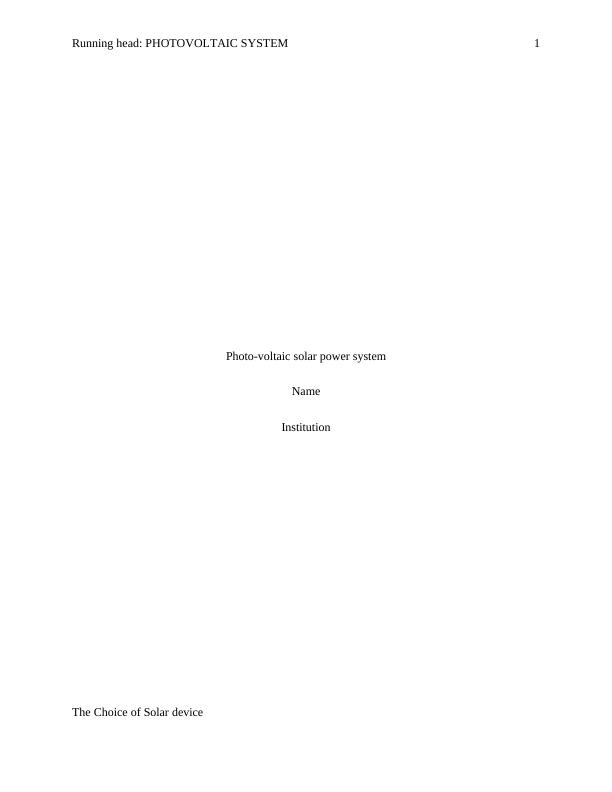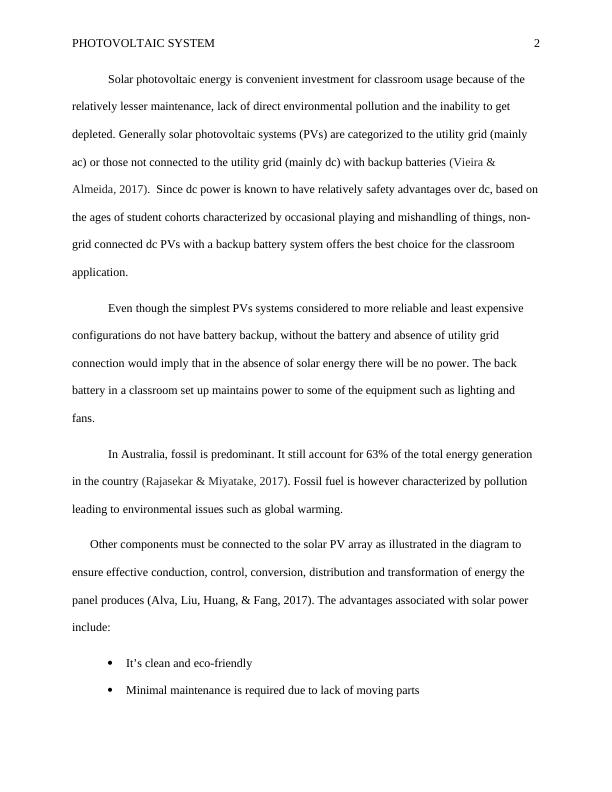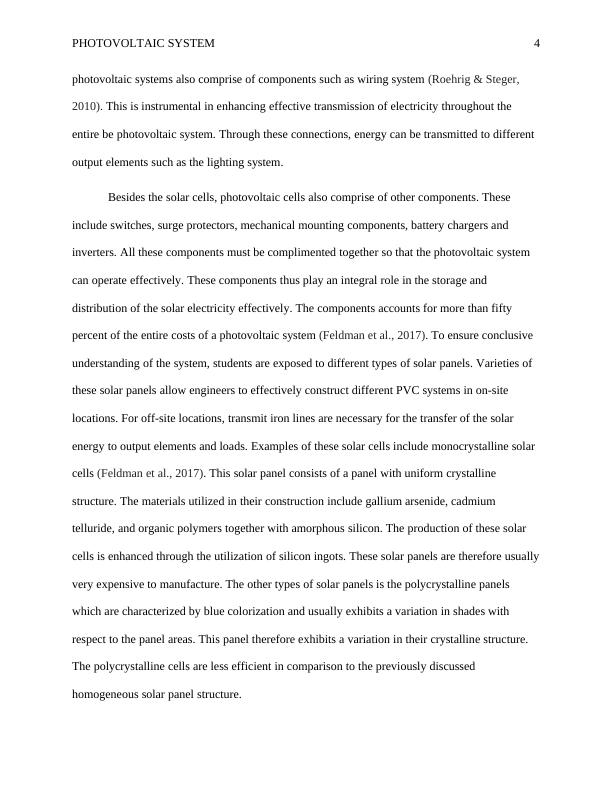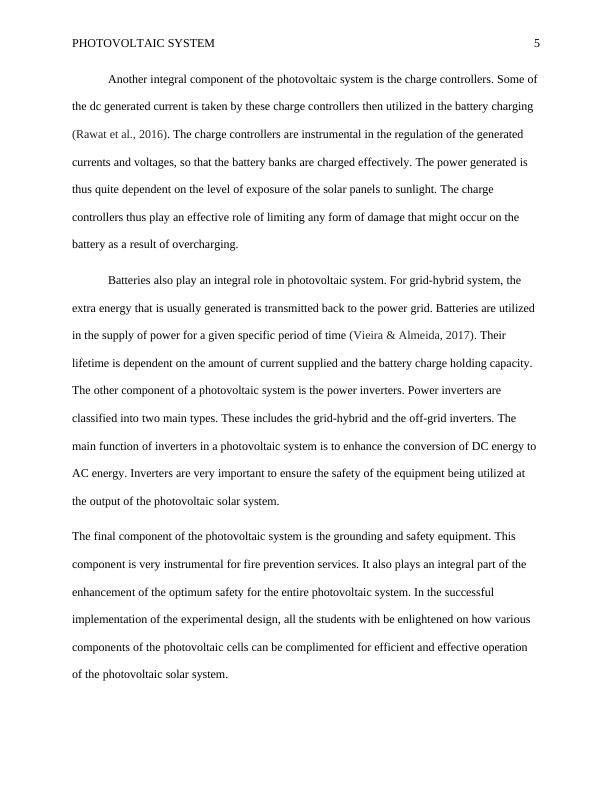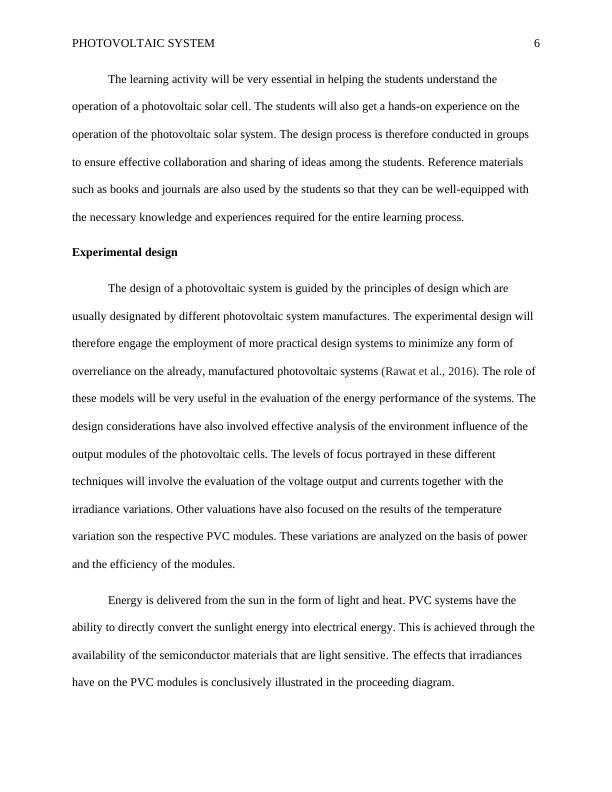Photovoltaic Solar Power System Assignment 2022
Choice of Solar Device: Fossil fuel-based energy resources still predominate, with coal accounting for 63 percent of total energy generation in Australia in 2016 (Department of the Environment and Energy, 2017). However, clean energy generation is becoming more crucial due to the growing awareness and significance of environmental issues. Currently, only fifteen percent of energy generation in Australia is from renewable sources, with solar accounting for three percent of total generation. Among the many applications of solar energy, solar cooking is considered to be one of the simplest. For a significant proportion of the world’s population, the energy required for cooking is supplied by non-commercial fuels like firewood, agricultural waste, cow dung and kerosene (Cuce & Cuce, 2013). However, according to the World Health Organisation, approximately one third of the world population now suffer fuel wood shortages, which means it is harder to source and results in an increased economic burden (World Health Organisation, 2005). Such fuels emit smoke and other noxious pollutants when they burn, leading to indoor air pollution (Raloff, 1993). It is estimated that indoor air pollution is responsible for the death of 1.6 million people
Added on 2022-09-21
Photovoltaic Solar Power System Assignment 2022
Choice of Solar Device: Fossil fuel-based energy resources still predominate, with coal accounting for 63 percent of total energy generation in Australia in 2016 (Department of the Environment and Energy, 2017). However, clean energy generation is becoming more crucial due to the growing awareness and significance of environmental issues. Currently, only fifteen percent of energy generation in Australia is from renewable sources, with solar accounting for three percent of total generation. Among the many applications of solar energy, solar cooking is considered to be one of the simplest. For a significant proportion of the world’s population, the energy required for cooking is supplied by non-commercial fuels like firewood, agricultural waste, cow dung and kerosene (Cuce & Cuce, 2013). However, according to the World Health Organisation, approximately one third of the world population now suffer fuel wood shortages, which means it is harder to source and results in an increased economic burden (World Health Organisation, 2005). Such fuels emit smoke and other noxious pollutants when they burn, leading to indoor air pollution (Raloff, 1993). It is estimated that indoor air pollution is responsible for the death of 1.6 million people
Added on 2022-09-21
End of preview
Want to access all the pages? Upload your documents or become a member.

